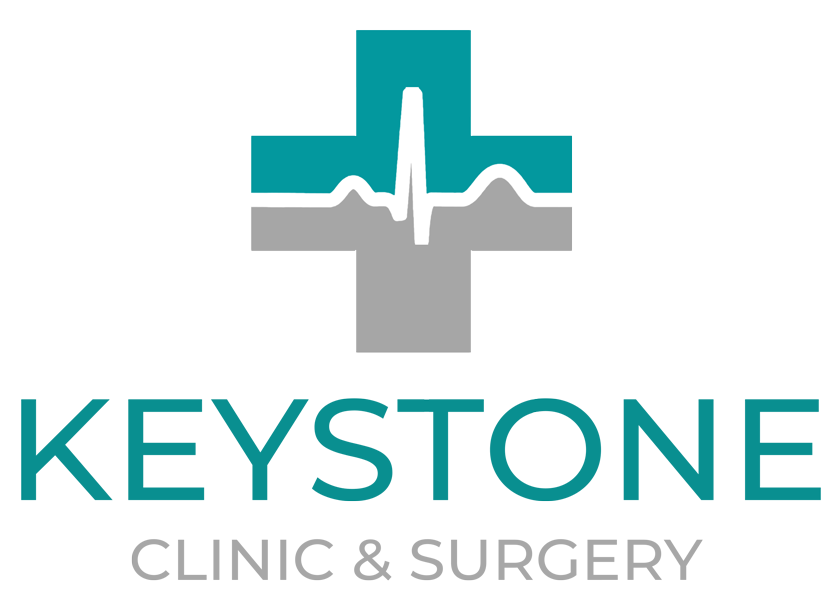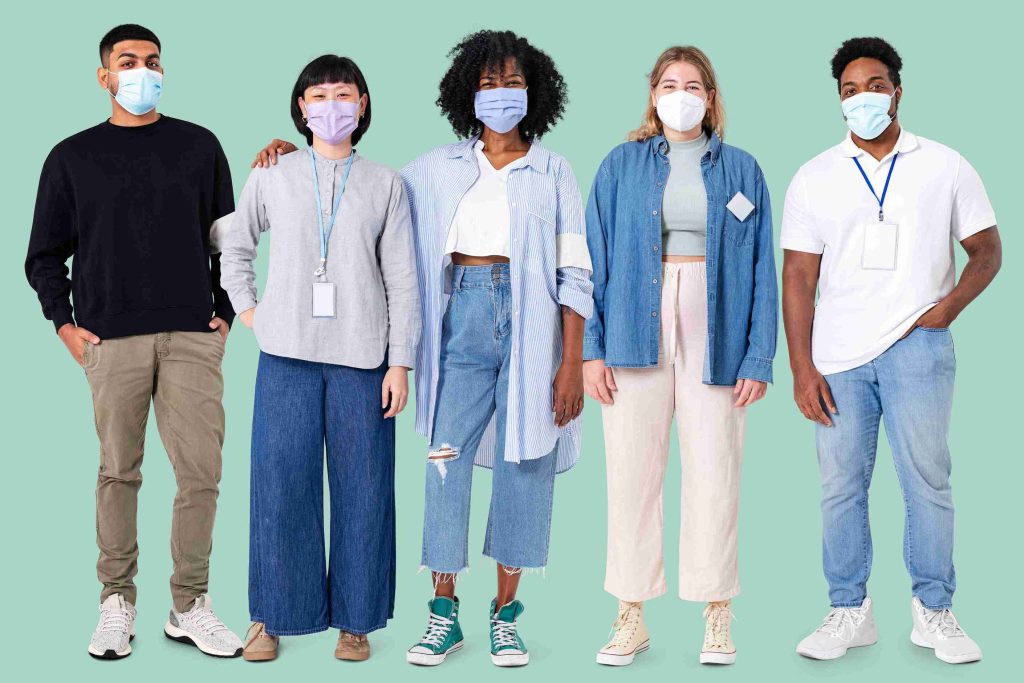Medically Reviewed by Dr Ho Ying Jie (M.B.B.S. Singapore & Family Physician of Singapore Medical Council)
As new COVID-19 variants continue to emerge, staying vigilant and proactive in safeguarding your health has never been more crucial. Variants of the virus may have increased transmissibility, resistance to immunity, and potentially severe health consequences.
By understanding how to protect yourself, you can reduce your risk of infection and contribute to the broader effort of controlling the virus. This article explores the best strategies to stay safe, including the role of COVID vaccination, preventive measures, and timely medical care.
Understanding COVID-19 Variants
Viruses constantly evolve, and the COVID-19 virus is no exception. New variants arise due to genetic mutations, some of which may enhance the virus’s ability to spread or evade immune responses. Some variants have been classified as “variants of concern” due to their potential impact on public health. Understanding these variants and their effects can help individuals take informed precautions to mitigate risks.
Variants such as Delta and Omicron have demonstrated higher transmissibility rates, making them more infectious than earlier strains. Some variants may also have mutations that allow them to partially evade immune responses, which makes staying up to date with vaccinations even more critical. Researchers and healthcare professionals continue to monitor and study these changes to develop more effective vaccines and treatments.
COVID Vaccination: Your Best Defense
COVID vaccination remains the most effective tool in preventing severe illness and complications from the virus. Vaccines have been developed to target the original strain of the virus and have proven to be effective against many variants. Even as new mutations arise, updated vaccines continue to provide strong protection by reducing the severity of illness and lowering the chances of hospitalization.
Booster Shots and Updated Vaccines
With new variants emerging, booster doses have become necessary to reinforce immunity. Updated vaccines are formulated to provide better coverage against recent variants. Staying up to date with booster shots ensures that your immune system is prepared to combat the evolving virus.
Effectiveness Against New Variants
While some variants may partially evade immunity, COVID vaccination significantly lowers the risk of severe disease and death. Research indicates that vaccinated individuals experience milder symptoms and recover faster than unvaccinated individuals. This underscores the importance of maintaining immunity through timely vaccinations.
Moreover, studies have shown that even if vaccinated individuals contract the virus, they are less likely to transmit it to others. This helps in slowing down the spread of the virus and protecting vulnerable populations such as the elderly and those with pre-existing health conditions.
Additional Protective Measures
Wearing Masks in High-Risk Settings
Masks remain an essential barrier against airborne virus transmission. In crowded places such as public transport, hospitals, and indoor gatherings, wearing a high-quality mask (such as N95 or KN95) can reduce exposure to viral particles and lower the chances of infection.
Practicing Good Hand Hygiene
Frequent handwashing with soap and water for at least 20 seconds helps eliminate viruses from your hands, preventing their spread. When soap and water are unavailable, using an alcohol-based hand sanitizer is an effective alternative.
Maintaining Physical Distancing
While restrictions may have eased, maintaining a safe distance from others in crowded areas minimizes the risk of exposure. When possible, avoid close contact with individuals who are visibly ill.
Ventilating Indoor Spaces
Good ventilation is key to reducing the concentration of airborne viral particles. Opening windows, using air purifiers, and ensuring proper airflow in indoor settings can significantly lower the risk of transmission.
Recognizing Symptoms and Seeking Timely Medical Care
Common Symptoms of New Variants
COVID-19 variants may present symptoms similar to earlier strains, including fever, cough, fatigue, sore throat, and body aches. However, some variants may cause symptoms like increased congestion, gastrointestinal distress, or even loss of taste and smell.
Additionally, some variants have led to unique symptoms, such as increased headaches, dizziness, and longer-lasting fatigue. Paying close attention to new symptoms and staying informed about emerging research can help individuals identify a potential infection sooner.
When to Get Tested
If you experience symptoms or have been in close contact with someone who tested positive, getting tested promptly is crucial. Rapid antigen tests and PCR tests are reliable ways to confirm infection and determine the next steps. Regular testing, especially before visiting vulnerable individuals or attending large gatherings, can help in early detection and prevent further spread.
Seeking Medical Help
For individuals at high risk, such as the elderly or those with underlying health conditions, immediate medical attention is necessary if symptoms worsen. Early intervention can prevent complications and improve recovery outcomes.
Building Community Immunity
Encouraging Others to Get Vaccinated
Protecting yourself also means encouraging those around you to receive the COVID vaccination. A higher vaccination rate within communities helps slow the spread of the virus and protects vulnerable populations.
Staying Informed and Adapting to Guidelines
Health authorities continuously update guidelines based on emerging data. Staying informed about new variants, vaccine recommendations, and safety measures ensures that you remain protected in an ever-changing landscape.
Combining Strategies for Maximum Protection
Relying on a single strategy is not enough to prevent infection effectively. A combination of vaccination, mask-wearing, hand hygiene, social distancing, and ventilation is the best way to reduce risk. Each measure complements the other and provides layers of protection against the virus.
Conclusion
Protecting yourself from new COVID-19 variants requires a multi-faceted approach, with COVID vaccination at the core of defense. Combining vaccination with personal protective measures, early symptom recognition, and community-wide efforts can significantly reduce the risk of infection. By staying vigilant and proactive, you can safeguard your health and contribute to a safer environment for everyone.
Get Vaccinated and Stay Protected with Keystone Clinic & Surgery
At Keystone Clinic & Surgery, we prioritize your health and safety. We offer comprehensive COVID vaccination services, booster shots, and medical consultations to ensure you stay protected against new variants. Book an appointment today and take a step towards stronger immunity and peace of mind.
References
Cdc.gov. COVID-19: How to Protect Yourself and Others. https://www.cdc.gov/covid/prevention/index.html
Ucdavis.edu. How to Protect Yourself from COVID Subvariant BA .5. https://health.ucdavis.edu/news/headlines/how-to-protect-yourself-from-covid-subvariant-ba5/2022/07
Mayoclinic.org. COVID-19 Variants: What’s the Concern?. https://www.mayoclinic.org/diseases-conditions/coronavirus/expert-answers/covid-variant/faq-20505779
Jhu.edu. What You Need to Know About COVID FLiRT Variants. https://publichealth.jhu.edu/2024/what-to-know-about-covid-flirt-variants

